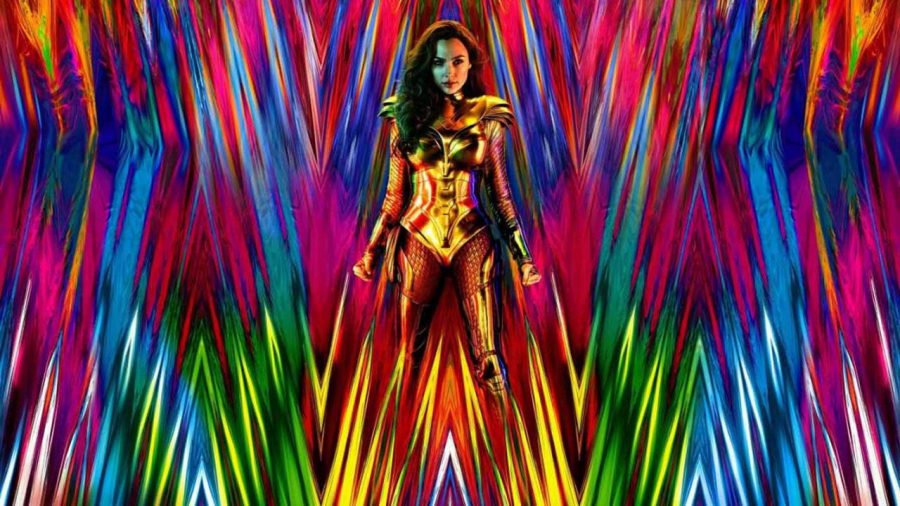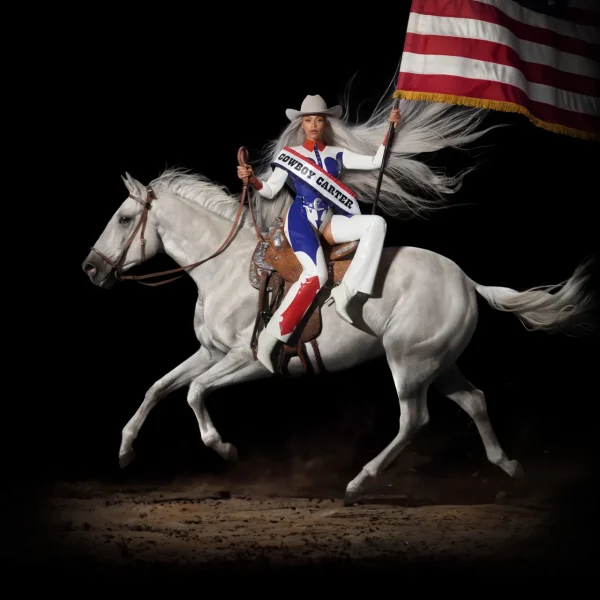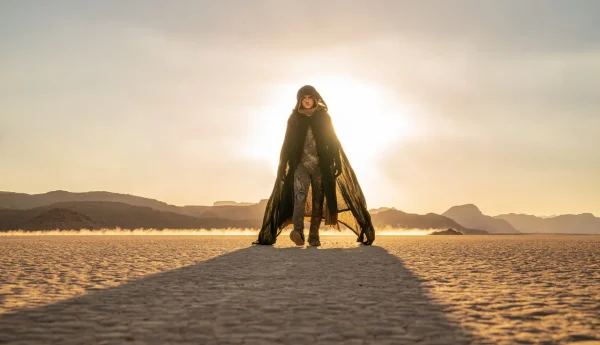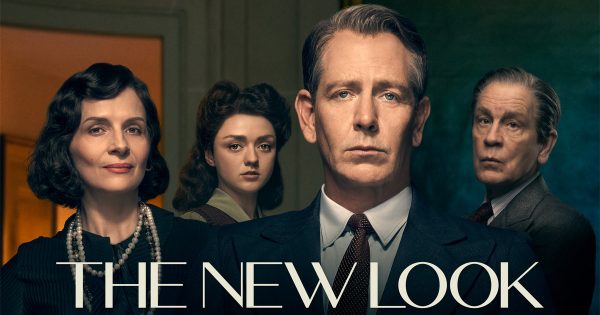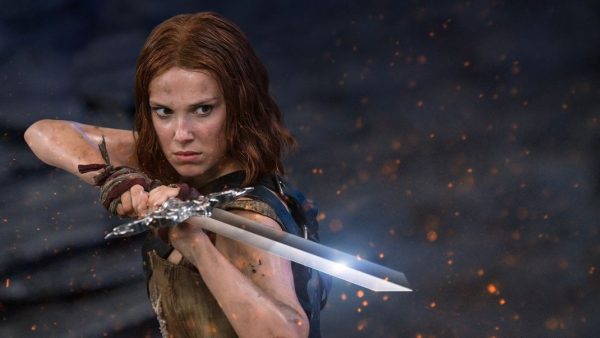“Wonder Woman 1984” Review
Jenkins’ live-action sequel provides a new spin on a beloved classic
My review on Disney’s mass-produced, live-action remakes and sequels made it clear how much of a disease I think that particular industry of filmmaking is. So when I first heard a sequel to the critically-acclaimed film “Wonder Woman” was in the works, I didn’t feel particularly enthused about it. However, I’d greatly enjoyed the first film when I saw it in theaters, and I let myself raise my expectations a bit more after hearing Patty Jenkins, the director behind the first film, would be returning to direct the sequel. And after watching “Wonder Woman 1984,” I was surprised to find the movie actually felt like there was genuine effort put into its plot and making the audience sympathize with its characters.
Now living in the bright, neon-drenched year of 1984, Diana Prince walks alone as an immortal among men, fighting crime incognito as Wonder Woman while also working as an anthropologist at the Smithsonian. And when Diana accidentally uses a powerful wish-granting artifact known as the Dreamstone to bring Steve back from the dead at the cost of her powers and godhood, this in turn puts the movie’s antagonist, Maxwell Lord, on a mad quest for wealth and power by using the Dreamstone to grant the wishes of the global population at the cost of everything they hold dear.
While some parts of the movie did feel slightly contrived, most notably the scene where Diana used her lasso to show Steve a flashback of the origins of the armor she wears in the promotional material, they can be easily overlooked by the creative use of the terrain during fight scenes, the stunning cinematography and the references to lesser-known parts of the Wonder Woman lore, such as Diana using magic to turn a jet invisible and a mid-credits scene cameo from Lynda Carter, the actress who played Wonder Woman in the 1975 TV series.
My favorite aspect of the movie, however, was the character of Barbara Minerva, a geologist and gemologist who works alongside Diana at the Smithsonian and is the first to come in contact with the Dreamstone. One of the biggest reasons I resonated with her so strongly is simply that she’s an introvert: she’s insecure, tends to be ignored by her coworkers and is terrible at walking in heels. I found myself empathizing with her throughout the movie, and even rooted for her during the moments where she became less of the shy, but well-intentioned character she started off as when she was first introduced,
Another is that when she accidentally wishes to be just like Diana, and subsequently gains her natural charisma and godlike powers, the cost of her wish—which is revealed to be her kindness and humanity—isn’t immediately told to the audience. Instead, it’s foreshadowed over the course of the movie through smaller moments, such as when she delivers a harsh beatdown to a man who sexually harassed her at the beginning of the movie, her insistence at finding another way to reverse the effects of the Dreamstone while still keeping everything she gained from the artifact, and finally, when she wishes to become an apex predator and transforms into the Cheetah: a human-cheetah hybrid with superhuman strength and speed.
My biggest gripe with the movie—which, in the grand scheme of things, isn’t actually quite that big—was a lack of conclusion to Barbara’s character arc. It simply concludes with her renouncing her wish alongside the rest of the world and reverting back to a normal human being. Her fate is left uncertain, and once I realized that was all she was getting, I found myself wishing for more closure—specifically, in the form of her becoming Diana’s new love interest. The two of them had the most casual interactions at the beginning of the movie, where they shared several small, but sweet moments together, such as when Diana helped her pick up the contents of her briefcase when no one else would, and when the two of them went out for dinner.
There are fewer moments like that as the movie progresses, and it was made clear early on that Diana and Steve were meant to be the main romantic focus of the story. However, when those small moments between Diana and Barbara did happen, I kept thinking about how cute they were together, and found myself wishing for something more. However, my hopes were dashed when I learned the third movie would take place in the modern era, which would render any romantic relationship between Diana and Barbara impossible.
“Wonder Woman” was a coming-of-age story about war and the good within humanity, while “Wonder Woman 1984” is one of loss and the cost of a person’s deepest desires. The sequel’s greatest strength is its ability to make its audience empathize with not just the heroes, but the villains, as well: from Barbara’s simple desire to be more like a friend (or crush) she admires, to Maxwell’s profound desire to do right by his son by using the Dreamstone to acquire gradually increasing amounts of power and wealth. And although it might be difficult, the movie is best watched as its own story, with as few attempts as possible to compare it to its predecessor. Each movie had a different story to tell, and while there were certainly a few small hiccups and things to be desired, “Wonder Woman 1984” tells its story beautifully, and is a great movie to close out a terrible year.

This is my first year as a writing editor, and my third and final year in journalism. I'm the president of the Creative Writing Club, and I love reading, cartoons/animation, and making characters...



